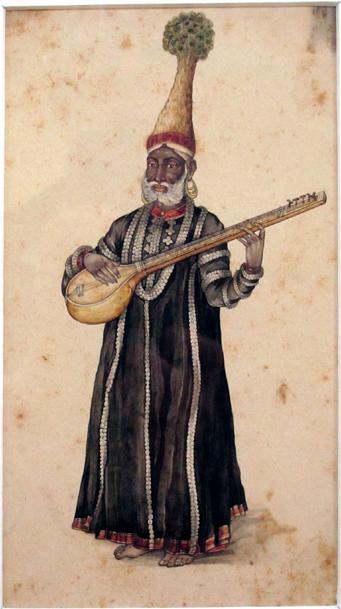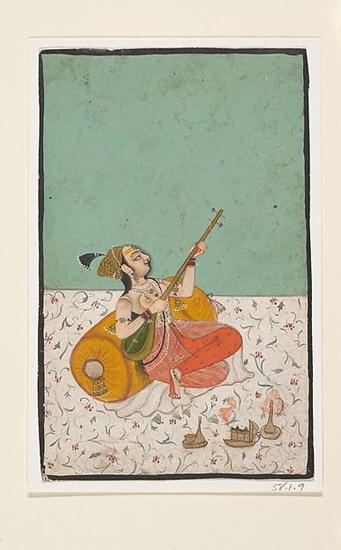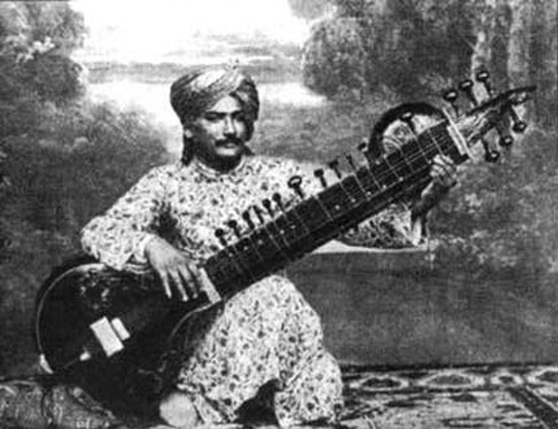A short historical intro about the Sitar, Surbahar and Tanpura

There are many stories about the origin of the sitar, but I tend to believe that it probably descended from the Persian sehtar, or the tambur which is the ancestor of both the sitar and the tanpura. Apparently, there were two kinds, the fretted version, which developed into the present-day sitar, and the fretless type that was called the tambura. The tambura was used, as it is today, as a drone instrument to accompany vocalists (for more info on the Tambura or Tanpura, click the link). However, there are many different kinds of tambur and they come in all shapes and sizes. The Persian lutes that resemble the modern-day Turkish saz and had been played in the Mogul courts for hundreds of years clearly developed into the sitar at the end of the Mogul era.

Meaning "springtime of notes" the surbahar is able to produce long deep notes which are used in the dhrupad style of playing. The surbahar is in fact a bass sitar. Originating around 1825 in Lucknow, Northern India, it is said to have been invented by Ghulam Muhammad, a sitar player who felt a need to express the lower notes more extensively in his preferred dhrupad style of playing. His teacher was in fact a binkar, a player of the bin, the rudra-veena.
The surbahar has a flat-cut gourd. The sitar and tanpura have their gourds placed vertically on the instrument whereas in the case of the surbahar the gourd is placed horizontally on the instrument. Around the mid 19th century and up to the first half of the 20th century the "flat cut tumba" was common among sitars. This instrument was called the Kachua sitar or the kacchapi vina and most probably inspired Ghulam Muhammad in his design of the surbahar. All surbahars have kachua-style gourds.

